-
 bitcoin
bitcoin $118548.520763 USD
3.67% -
 ethereum
ethereum $4352.564943 USD
4.79% -
 xrp
xrp $2.964058 USD
4.22% -
 tether
tether $1.000565 USD
0.05% -
 bnb
bnb $1028.372955 USD
1.46% -
 solana
solana $221.373507 USD
6.00% -
 usd-coin
usd-coin $0.999933 USD
0.02% -
 dogecoin
dogecoin $0.248633 USD
6.85% -
 tron
tron $0.341444 USD
2.38% -
 cardano
cardano $0.852946 USD
5.82% -
 hyperliquid
hyperliquid $47.869306 USD
6.15% -
 chainlink
chainlink $22.561476 USD
6.01% -
 ethena-usde
ethena-usde $1.001258 USD
0.05% -
 avalanche
avalanche $30.660000 USD
2.06% -
 stellar
stellar $0.400917 USD
9.76%
What are some examples of successful NFT projects?
A successful NFT project combines rarity, strong community, real-world utility, and celebrity or brand partnerships to sustain long-term value and engagement.
Aug 12, 2025 at 06:29 am
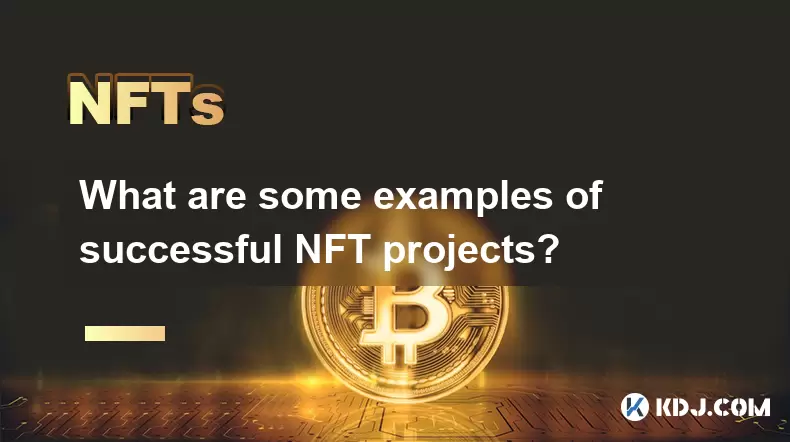
Understanding What Makes an NFT Project Successful
A successful NFT project is typically defined by a combination of strong community engagement, unique digital art or utility, scarcity, and long-term value retention. The most prominent projects often feature limited mint quantities, high-profile collaborations, and transparent roadmaps. Projects that offer real-world utility, such as access to exclusive events or membership benefits, tend to maintain higher demand. Additionally, the presence of celebrity endorsements or partnerships with established brands can significantly boost visibility and credibility within the crypto space. These elements work together to create a sustainable ecosystem that supports the project beyond initial hype.
Bored Ape Yacht Club (BAYC): A Cultural Phenomenon
One of the most iconic NFT projects is the Bored Ape Yacht Club (BAYC). Launched in April 2021 by Yuga Labs, this collection consists of 10,000 uniquely generated apes, each with distinct traits and varying rarity levels. Ownership of a Bored Ape grants access to exclusive benefits, including membership in a private community and commercial rights to the image. The project gained momentum due to high-profile celebrity owners such as Jimmy Fallon, Stephen Curry, and Snoop Dogg, which amplified its visibility. BAYC also introduced the ApeCoin (APE) token, further expanding its ecosystem. The success of BAYC has led to spin-off projects like Mutant Ape Yacht Club and Otherside, a metaverse initiative, demonstrating the scalability of a well-executed NFT brand.
CryptoPunks: The Pioneer of NFT Collectibles
CryptoPunks, created by Larva Labs in 2017, is widely regarded as the first major NFT project on Ethereum. This collection features 10,000 24x24 pixel art characters, each with unique attributes such as hats, glasses, and facial expressions. Originally given away for free, these NFTs have since become highly sought after, with some selling for millions of dollars at major auction houses like Christie’s. The rarity of certain types—such as Aliens, Apes, and Zombies—drives significant market value. CryptoPunks laid the foundation for the NFT movement, influencing countless subsequent projects. Its historical significance and limited supply continue to attract collectors and investors, making it a benchmark for NFT valuation.
Azuki: Anime-Inspired Digital Identity
Launched in 2022 by Chiru Labs, Azuki is an NFT collection that blends anime aesthetics with streetwear culture. Featuring 10,000 avatars known as “The Beanz,” the project emphasizes community and cultural storytelling. Azuki stands out due to its clean artistic style and a strong narrative framework that includes the 'Chosen' and 'Fallen' sub-collections. The team has focused on building real-world utility, including pop-up events in major cities like Los Angeles and Tokyo. The project also launched Azuki Studio, a platform for creators, and expanded into the metaverse with 'The Garden.' The transparency of the roadmap and consistent delivery have helped Azuki maintain trust and engagement among holders.
Art Blocks: Generative Art on the Blockchain
Art Blocks revolutionized the NFT space by introducing on-chain generative art. Instead of pre-made images, each NFT is created algorithmically at the time of minting, ensuring true uniqueness. The platform hosts multiple curated collections from digital artists, with Chromie Squiggles by Snowfro being one of the most recognizable. Art Blocks operates on a curated model, meaning only approved artists can launch projects, which helps maintain quality and exclusivity. Each piece is stored directly on the Ethereum blockchain, making it fully decentralized and immutable. The platform has become a hub for digital art collectors who value algorithmic creativity and provenance.
How to Evaluate and Participate in NFT Projects
Entering an NFT project requires careful research and technical preparation. To participate in a mint or secondary market purchase, users must follow these steps:
- Set up a crypto wallet such as MetaMask or Trust Wallet that supports Ethereum and NFTs.
- Fund the wallet with ETH through a cryptocurrency exchange like Coinbase or Kraken.
- Visit the official project website and connect the wallet to verify eligibility, especially for whitelist participants.
- For public mints, monitor the exact mint time and gas fees to avoid transaction failures.
- After minting, confirm ownership in the wallet’s NFT section or on platforms like OpenSea or Blur.
- Store NFTs securely and never share private keys or seed phrases.
Projects often use Discord and Twitter for announcements, so joining these communities is essential for updates and verification. Always double-check URLs to avoid phishing scams, as fake websites are common in the NFT space.
Frequently Asked Questions
How do I verify the authenticity of an NFT project before buying?Check the project’s official website and social media for verified badges. Review the smart contract address on Etherscan and compare it with community-confirmed sources. Look for audits, team doxxing, and active community discussions on Discord and Twitter.
Can I make money from holding NFTs like Bored Ape or CryptoPunk?Profit depends on market demand and rarity. Some holders have sold NFTs for substantial gains, but prices are volatile. Secondary market sales on platforms like OpenSea allow resale, though transaction fees and taxes apply.
What happens if a project’s website goes offline after I buy an NFT?Since NFTs are stored on the blockchain, ownership remains secure even if the website shuts down. However, access to utilities or community benefits may be lost if the team disbands. Always consider long-term project viability before investing.
Are all successful NFT projects built on Ethereum?While Ethereum hosts the majority of high-profile NFTs due to its robust ecosystem, successful projects also exist on Solana, Polygon, and BNB Chain. Examples include DeGods on Solana and Pudgy Penguins (which later migrated to Polygon).
Disclaimer:info@kdj.com
The information provided is not trading advice. kdj.com does not assume any responsibility for any investments made based on the information provided in this article. Cryptocurrencies are highly volatile and it is highly recommended that you invest with caution after thorough research!
If you believe that the content used on this website infringes your copyright, please contact us immediately (info@kdj.com) and we will delete it promptly.
- BlockDAG, DOGE, HYPE Sponsorship: Crypto Trends Shaping 2025
- 2025-10-01 00:25:13
- Deutsche Börse and Circle: A StableCoin Adoption Powerhouse in Europe
- 2025-10-01 00:25:13
- BlockDAG's Presale Buzz: Is It the Crypto to Watch in October 2025?
- 2025-10-01 00:30:13
- Bitcoin, Crypto, and IQ: When Genius Meets Digital Gold?
- 2025-10-01 00:30:13
- Stablecoins, American Innovation, and Wallet Tokens: The Next Frontier
- 2025-10-01 00:35:12
- NBU, Coins, and Crypto in Ukraine: A New Yorker's Take
- 2025-10-01 00:45:14
Related knowledge
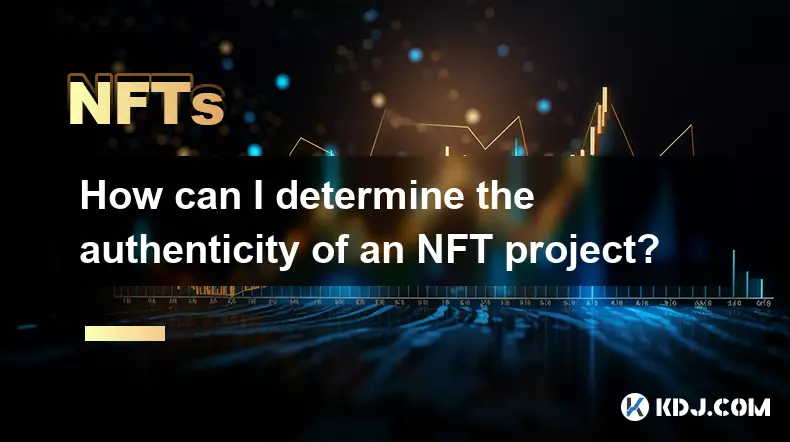
How can I determine the authenticity of an NFT project?
Sep 23,2025 at 05:18pm
Understanding the Project Team and Their Background1. Research the identities of the team members behind the NFT project. Verified social media profil...
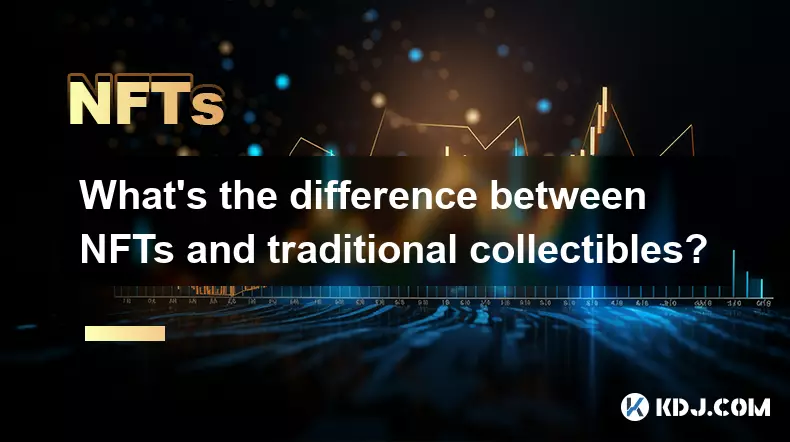
What's the difference between NFTs and traditional collectibles?
Sep 19,2025 at 12:55pm
Digital Ownership and Provenance1. NFTs are built on blockchain technology, which ensures transparent and immutable records of ownership. Every transa...
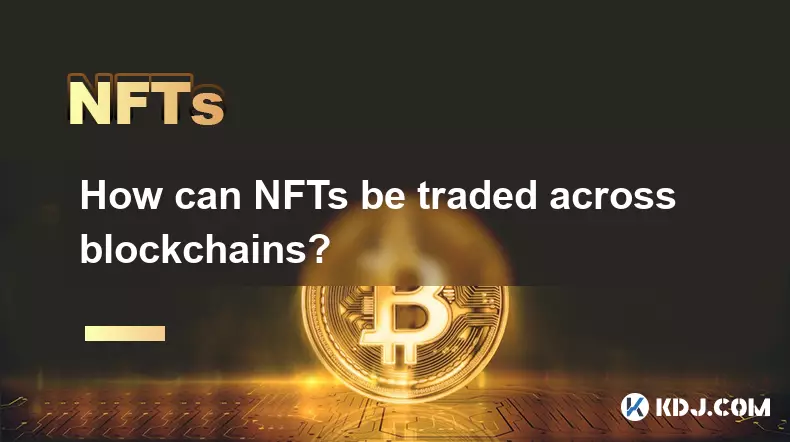
How can NFTs be traded across blockchains?
Sep 19,2025 at 12:00pm
Understanding Cross-Chain NFT Trading1. Non-fungible tokens (NFTs) are digital assets that represent ownership of unique items on a blockchain. Origin...
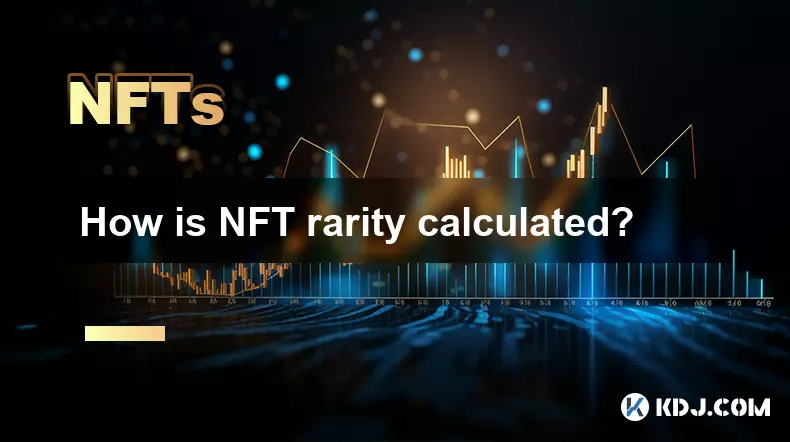
How is NFT rarity calculated?
Sep 18,2025 at 07:54pm
Understanding NFT Rarity Metrics1. NFT rarity is determined by analyzing the uniqueness of individual traits within a collection. Each NFT typically c...
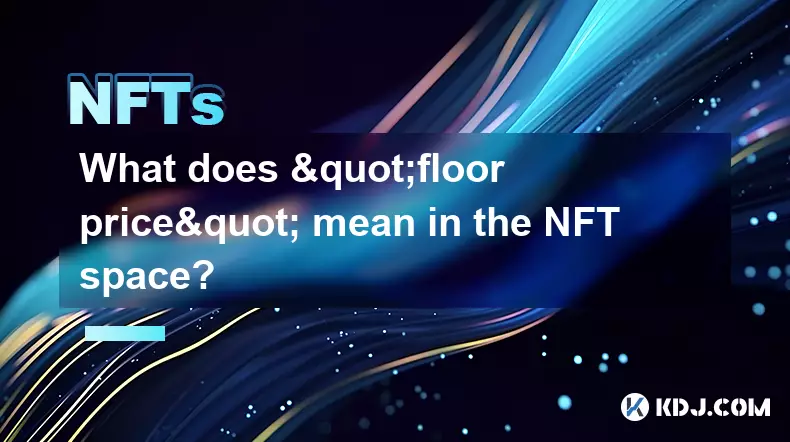
What does "floor price" mean in the NFT space?
Sep 22,2025 at 06:36am
Floor Price: A Core Metric in the NFT Marketplace1. The term floor price refers to the lowest current asking price for any item within a specific NFT ...

How do NFTs help content creators?
Sep 18,2025 at 08:00am
NFTs Empower Creators with Ownership and Monetization1. NFTs provide content creators with verifiable ownership of their digital works, ensuring authe...

How can I determine the authenticity of an NFT project?
Sep 23,2025 at 05:18pm
Understanding the Project Team and Their Background1. Research the identities of the team members behind the NFT project. Verified social media profil...

What's the difference between NFTs and traditional collectibles?
Sep 19,2025 at 12:55pm
Digital Ownership and Provenance1. NFTs are built on blockchain technology, which ensures transparent and immutable records of ownership. Every transa...

How can NFTs be traded across blockchains?
Sep 19,2025 at 12:00pm
Understanding Cross-Chain NFT Trading1. Non-fungible tokens (NFTs) are digital assets that represent ownership of unique items on a blockchain. Origin...

How is NFT rarity calculated?
Sep 18,2025 at 07:54pm
Understanding NFT Rarity Metrics1. NFT rarity is determined by analyzing the uniqueness of individual traits within a collection. Each NFT typically c...

What does "floor price" mean in the NFT space?
Sep 22,2025 at 06:36am
Floor Price: A Core Metric in the NFT Marketplace1. The term floor price refers to the lowest current asking price for any item within a specific NFT ...

How do NFTs help content creators?
Sep 18,2025 at 08:00am
NFTs Empower Creators with Ownership and Monetization1. NFTs provide content creators with verifiable ownership of their digital works, ensuring authe...
See all articles










































































